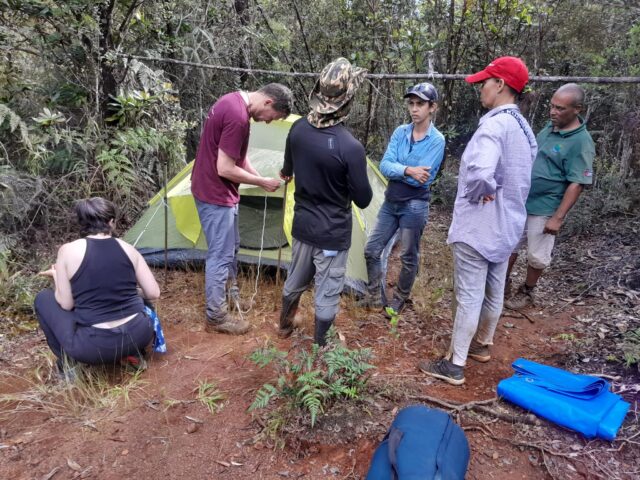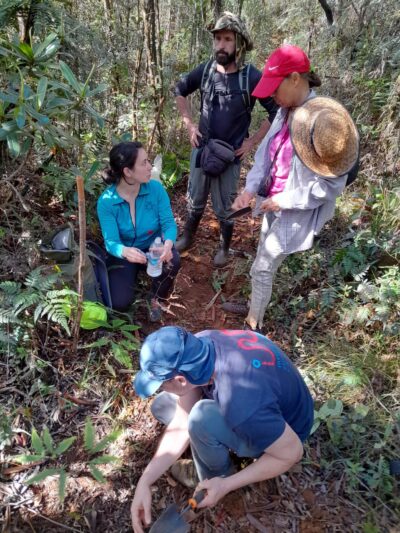 More than 100 plant specimens and 20 mushroom specimens native to the Alejandro de Humboldt National Park will add to the collections of the National Botanical Garden (JBN), following the successful completion of a scientific expedition by Cuban and French researchers to this protected area in northeastern Cuba, which covers the provinces of Holguín and Guantánamo.
More than 100 plant specimens and 20 mushroom specimens native to the Alejandro de Humboldt National Park will add to the collections of the National Botanical Garden (JBN), following the successful completion of a scientific expedition by Cuban and French researchers to this protected area in northeastern Cuba, which covers the provinces of Holguín and Guantánamo.
According to information published by the JBN on its institutional Facebook profile, the researchers reached the summit of the Mina Iberia Plateau in the Sierra de Moa, at an altitude of approximately 700 meters above sea level. This montane rainforest hosts a great diversity of plant and fungi that present a high degree of endemism.
Scientists from the JBN, the Holguín Environmental Services Center, and the University of Rouen in France collected plant root samples to subsequently study the different symbiotic associations of plants of interest with mycorrhizal fungi and actinobacteria of the genus Frankia.
The expedition to Cuba’s largest protected area, declared a World Natural Heritage Site, was carried out within the framework of the JEAI CUBHYPER project, developed by the National Botanical Garden and the French public research institution Montpellier.

The main objective of the project is to collect nodules produced by microorganisms and mycorrhizae associated with the roots of Cuban metal-hyperaccumulating plants growing in this area of the country, for their subsequent identification and molecular characterization.
These studies will delve deeper into the effects of these plant-microorganism interactions and will contribute to the selection of Cuban plant species for the restoration and enrichment of soils affected by mining activities.